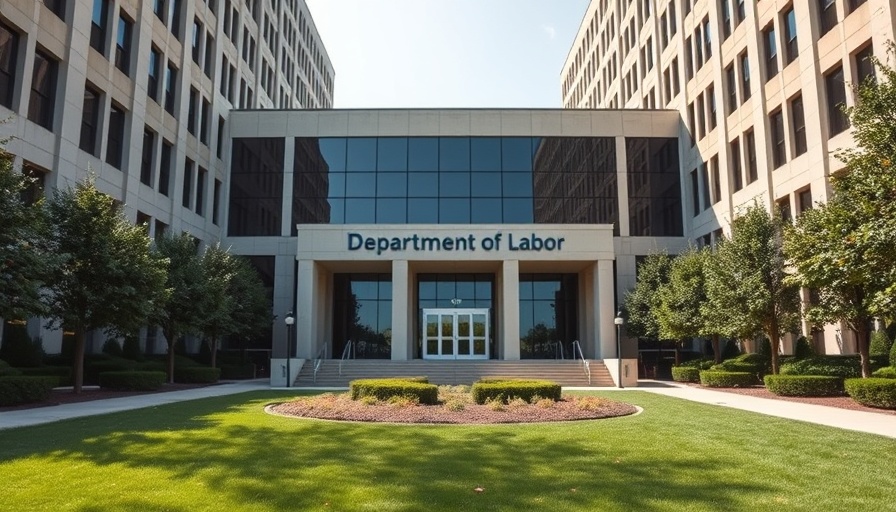
The Importance of the DOL's Opinion Letter Program
The U.S. Department of Labor (DOL) is reinvigorating its opinion letter program, a vital resource for businesses and employees alike that clarifies how labor laws apply in specific scenarios. Set to take effect on June 2, 2025, this initiative promises to cover five key departments including the Wage and Hour Division and the Occupational Safety and Health Administration. Expect a range of formal written interpretations including opinion letters and advisory opinions, tailored to meet the needs of workers and employers.
Understanding How This Impacts Workforce Strategy
For Chief Human Resource Officers (CHROs) and VPs of Talent, these opinion letters represent a significant opportunity to enhance workforce strategy. Clarity in legal interpretations can streamline employee engagement efforts, inform succession planning, and optimize leadership development initiatives. By addressing gray areas that often complicate talent management practices, organizations can craft a high-performance culture.
Driving Employee Performance with Clear Guidance
The clarity provided by the DOL’s opinion letters will not only help HR leaders navigate employee relations but also bolster employee retention strategies. For instance, recent opinion letters have clarified the Family and Medical Leave Act’s coverage concerning leave for clinical trials, ensuring organizations align their policies with federal law. This alignment is crucial for maintaining a highly engaged workforce and fostering a culture where employees feel supported and valued.
Case Studies on Implementation
Companies that actively utilize these letters can benchmark their policies against tried and tested practices across various sectors. For example, consider a hospitality business that was unsure if tipped employees supervising staff could receive gratuities. By consulting DOL guidance, they can confidently navigate payroll practices that enhance employee morale and performance. Such insights can become integral tools in workforce optimization and performance-driven leadership.
Conclusion: Empowering C-Suite Leaders
The reinstatement of the DOL's opinion letters signals a return to proactive governance in labor relations. As C-suite leaders, the call to action is clear: leverage these letters to guide your organization in fostering a people-first leadership approach. By embracing the DOL’s resources, you not only comply with the law but set the stage for employee success and organizational growth.
 Add Row
Add Row  Add
Add 




Write A Comment